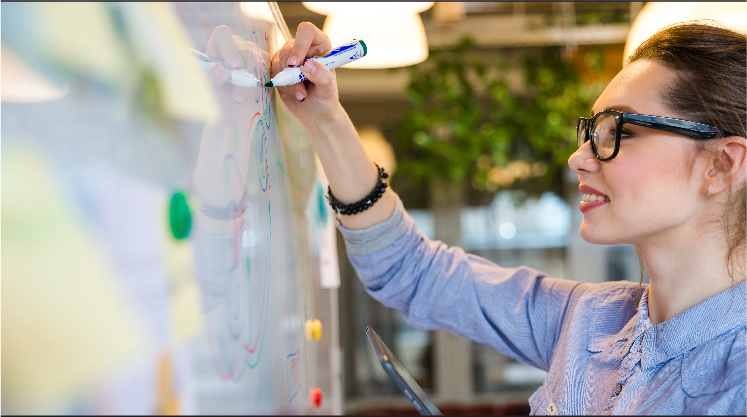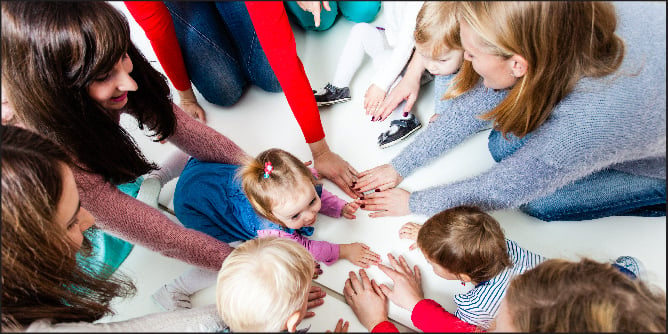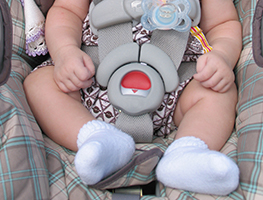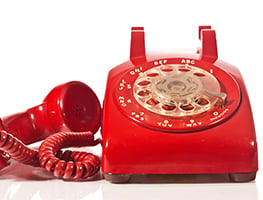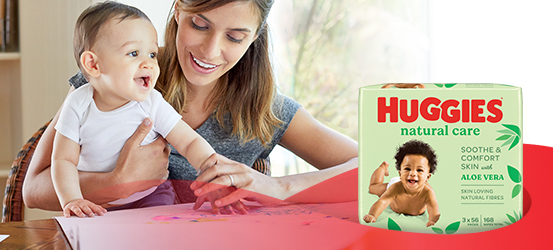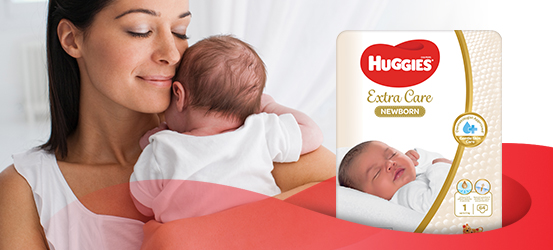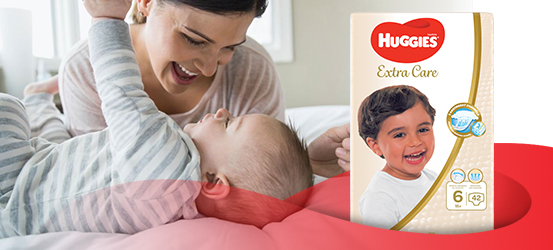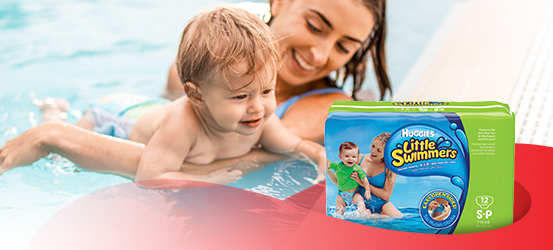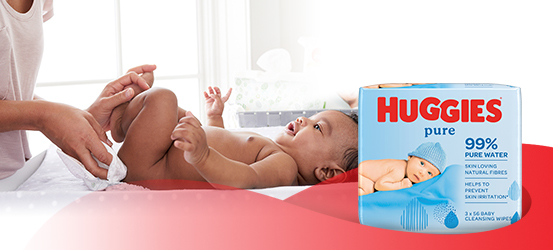If you watch any of the inventor TV shows, you'll understand the value of a prototype. People use prototypes to demonstrate, test and refine their ideas for all kinds of things. From cupcakes to hair straighteners, garden hoses to robot-controlled toys, and every imaginable thing in between.
A prototype has several key benefits:
Helps prove that your design or concept actually does what it’s meant to do.
Identifies problems such as a flawed shape or cumbersome process.
Tests theories and confirms viability and performance.
A prototype helps bring your idea to life
As well as giving form to your idea and allowing you to try it out for yourself and on friends, a prototype will also help you work out how it'll be produced and at what cost. Often there are multiple variations of a prototype, with each one better than the last. A common strategy is to make the prototype, test it, evaluate it and then make changes based on feedback and analysis.
You can show your prototype to suppliers or manufacturers for quoting purposes. Take it to the post office to find out how much it would cost to pack and send through the mail. And of course, you must take it with you when applying for business finance. It's proof of your originality and bankability!
Different types of prototypes
Prototypes fall into four main categories:
Proof-of-Principle Prototypes are used to test an aspect of the design without trying to show exactly what it will look like, choice of material or the manufacturing process. This type is used to prove a design approach, such as a range of motion, mechanics, sensors, or architecture. It’s used to find out which bits work, what doesn’t, or where more work and development is needed.
Form Study Prototypes help you get a grip on your idea’s basic size, look and feel, without simulating its actual function or final appearance. This type of prototype helps assess ergonomics and give insight into the product’s final shape and form. Form Study Prototypes are often hand-carved or machined models from easily sculpted, cheap materials such as foam or play dough.
Visual Prototypes or models are as close in appearance as you can get to the finished item. They show colours and textures, but don’t function. They can be reduced in size (scaled down) to reduce the cost of production, which is handy if your new product is as big as a bus! This type of model is ideal for market research, reviews, packaging mock-ups and photos for your sales material.
Functional Prototypes or working prototypes/ models are as close to the final design in form and function as you can get. They simulate the final design, aesthetics, materials and functionality of your concept. Testing a fully working, full-scale prototype allows for last-minute adjustments and refinements before your product goes into production.
The 3 differences between a prototype and a production design
Materials: Production materials may need expensive manufacturing processes. For a prototype, the materials used are usually cheaper yet simulate some of the properties of the intended final material, e.g. hardwood for the prototype; steel for the production. Calico for the prototype; silk for the production.
Processes: Often expensive and labour-intensive tooling is needed to fabricate a custom design. Prototypes don’t go that far – they usually use cheaper, more flexible processes, e.g. hand gluing instead of machine gluing.
Lower fidelity: Final production designs usually need to be as refined and finished as possible, while a prototype tends to be a little “rougher around the edges” in that it is missing details.
Keeping track of your prototypes
You've probably heard of the Greek letters Alpha, Beta, Gamma, Delta? It is traditional for inventors to name prototypes using these letters, starting with the first – Alpha, then working your way through the Greek alphabet. Naming your prototypes will help you and anyone working with you, such as an engineer or technologist, to keep track of prototypes in their various stages and tests.
Famous women inventors
These women knew a thing or two about prototypes!
Mary Anderson invented the windshield wiper in 1903.
Bette Nesmith Graham invented “Mistake Out” or "Liquid Paper" to correct typing mistakes.
Ruth Handler invented the Barbie doll and co-founded toy company giant Mattel.
Hedy Lamarr, the famous movie star and beauty icon, co-invented a “Secret Communications System” that helped the Allies win World War II.
Ruth Wakefield invented chocolate chip cookies. Yum!
Creating a prototype is the fun part, but remember to consider the legal aspects too. Check out our Protecting your Idea article for more information.
For more Female Inventors: Famous Female Inventors

